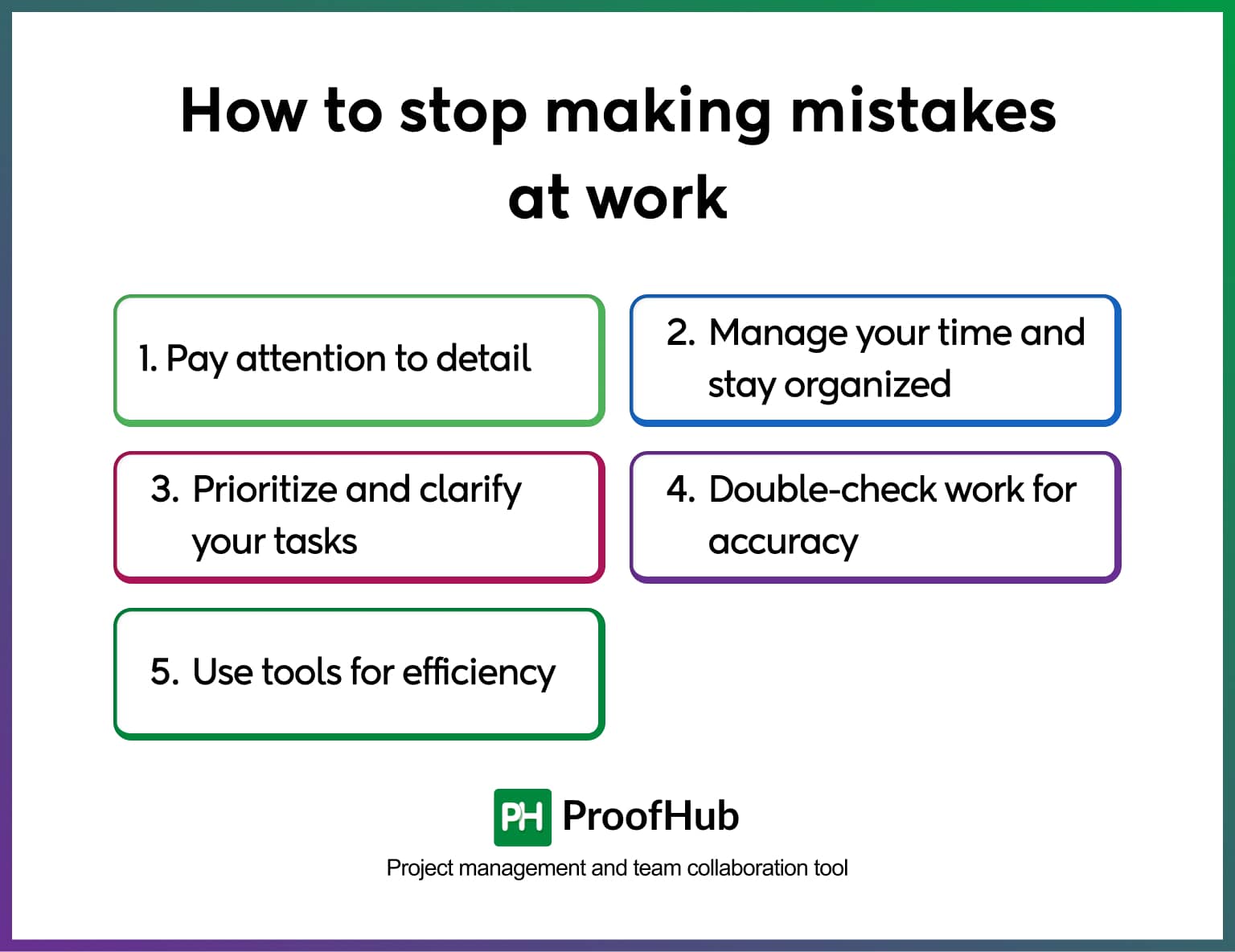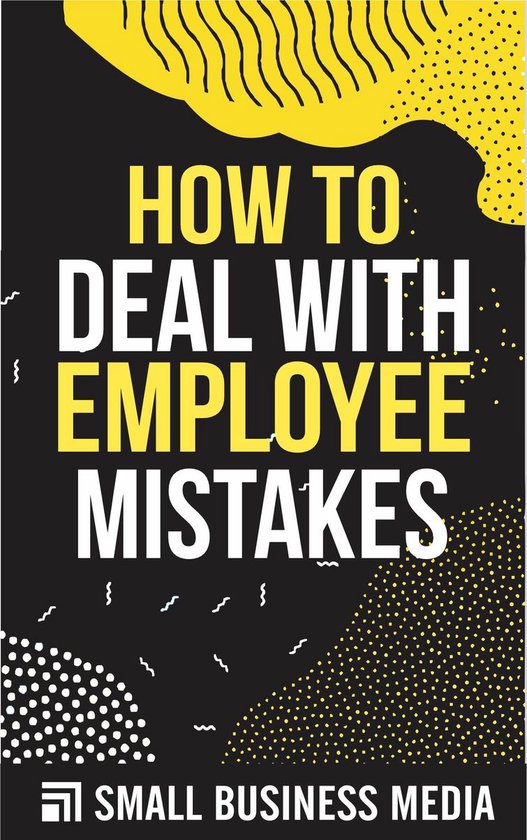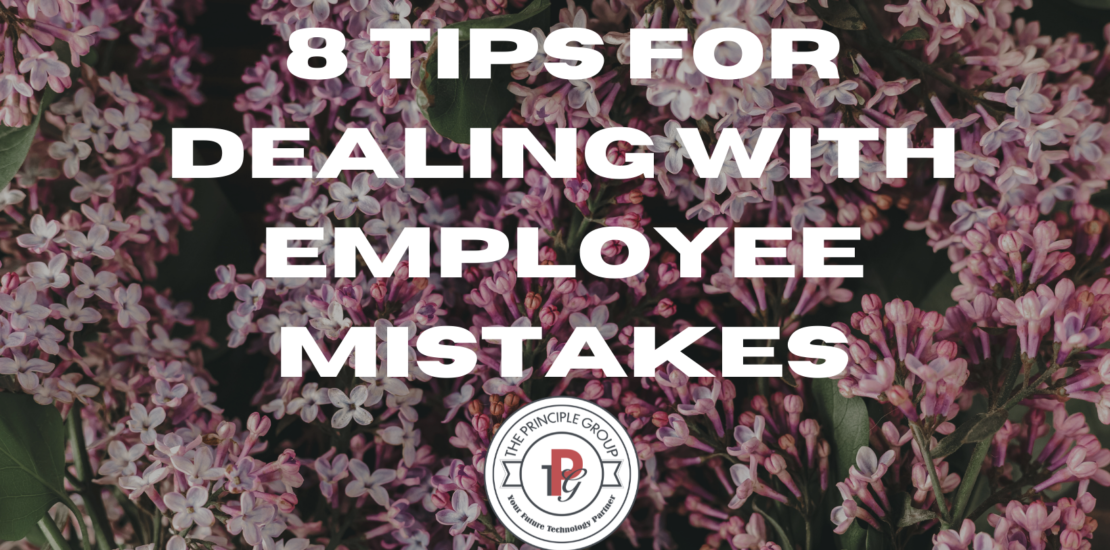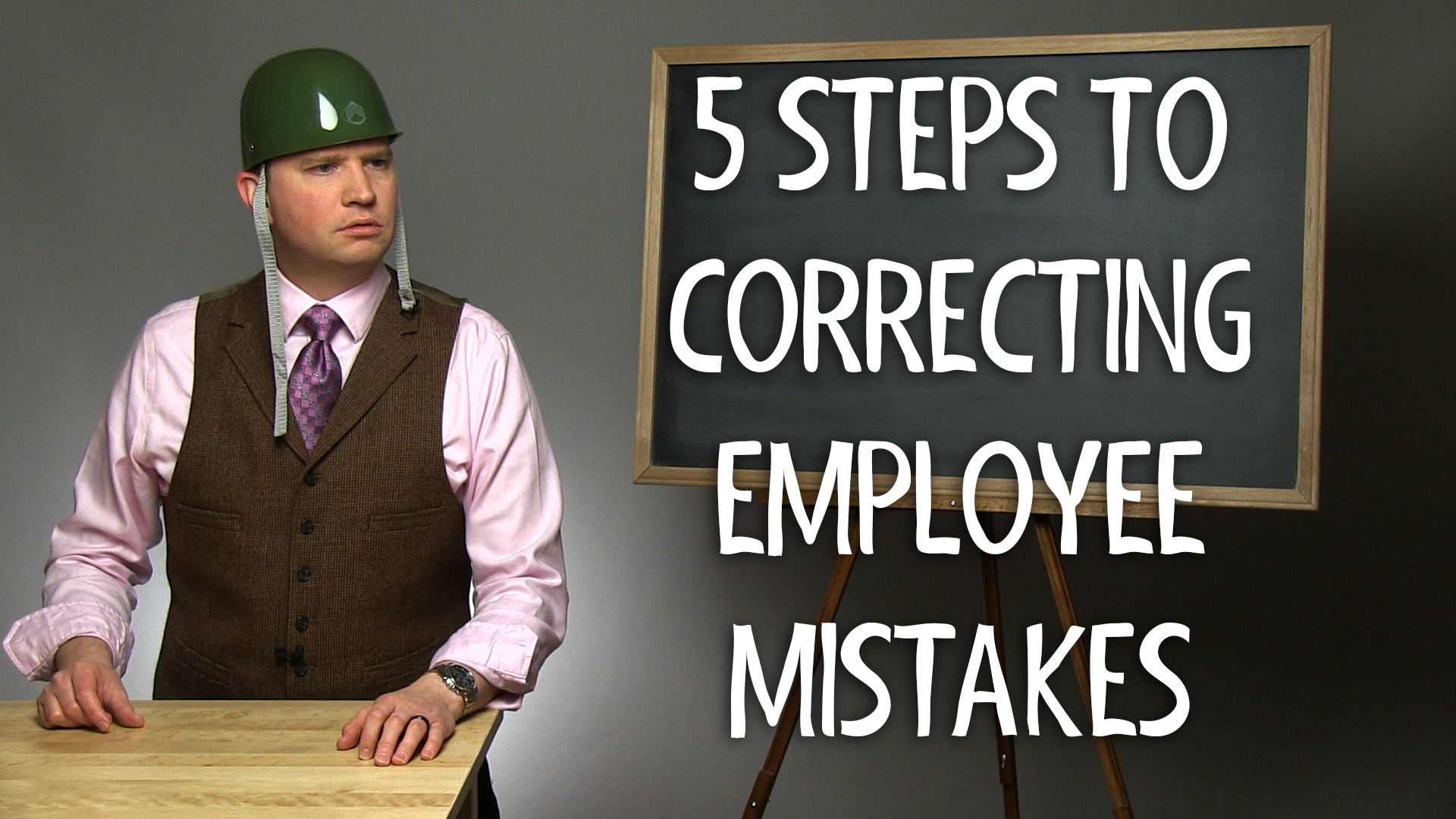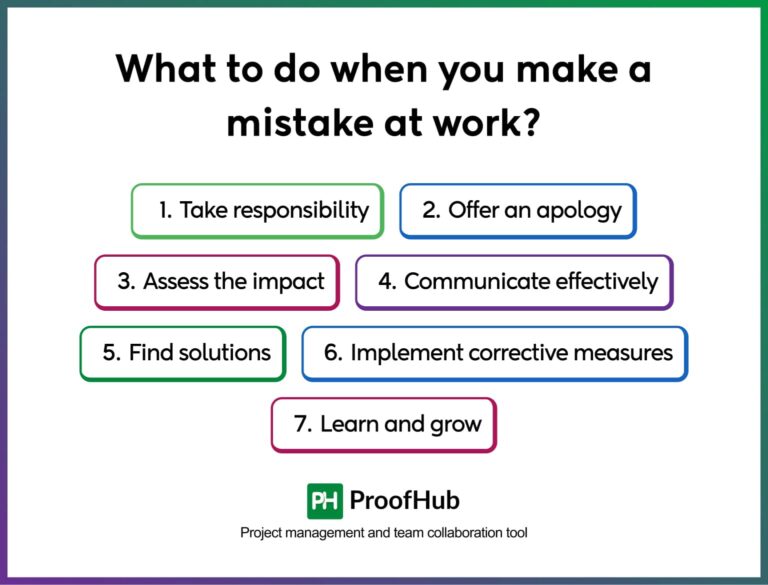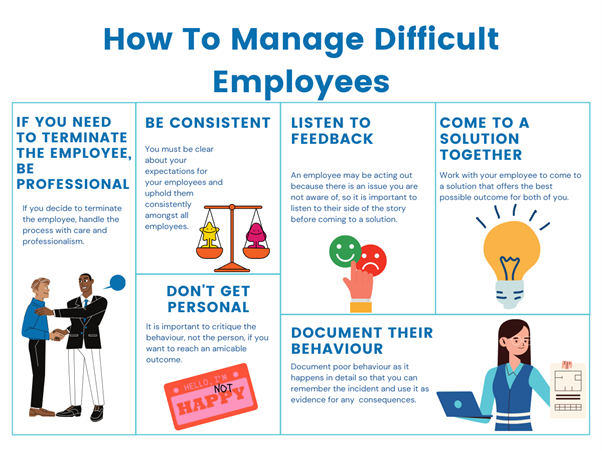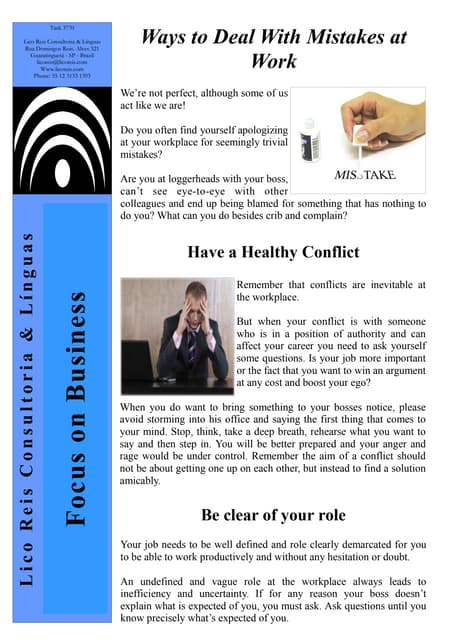How To Deal With Employee Who Makes Mistakes

The persistent error, the missed deadline, the miscommunication – these are the unwelcome realities faced by every organization. When an employee consistently makes mistakes, the impact reverberates throughout the workplace, affecting productivity, morale, and ultimately, the bottom line. Addressing these situations effectively, with both empathy and accountability, is crucial for fostering a positive and productive work environment.
This article explores the multifaceted challenge of dealing with employees who make mistakes, drawing on expert insights and best practices to provide a comprehensive guide for managers and HR professionals. It will delve into identifying the root causes of errors, implementing effective feedback strategies, and creating a supportive environment that promotes learning and growth, ultimately turning mistakes into opportunities for improvement.
Identifying the Root Cause
Before addressing the mistakes themselves, understanding the "why" behind them is paramount. Are the errors stemming from a lack of training, unclear expectations, or perhaps a deeper issue such as burnout or personal stress?
According to a 2023 report by the Society for Human Resource Management (SHRM), inadequate training is a leading cause of employee errors, accounting for approximately 30% of reported incidents. A simple skills gap can often be rectified with targeted development programs.
"Misunderstandings about roles and responsibilities can also contribute to mistakes," says Dr. Anya Sharma, an organizational psychologist specializing in performance management. "Clear and consistent communication is key."
Lack of Training and Resources
Insufficient onboarding or inadequate access to necessary tools can set employees up for failure. Providing comprehensive training materials and ensuring access to appropriate resources are critical first steps.
Consider implementing mentorship programs where experienced employees can guide new hires and offer ongoing support. Regular check-ins can also help identify any gaps in knowledge or resources early on.
Unclear Expectations and Communication
Vague instructions and undefined roles can lead to misinterpretations and errors. Managers should clearly articulate expectations, deadlines, and performance standards.
Use specific examples to illustrate desired outcomes and provide regular feedback to ensure employees are on the right track. Encourage open communication and create a safe space for employees to ask questions and seek clarification.
Burnout and Personal Stress
External factors, such as burnout or personal stress, can significantly impact an employee's ability to focus and perform accurately. Recognizing the signs of these issues is crucial for providing appropriate support.
Offer resources like employee assistance programs (EAPs) or flexible work arrangements to help employees manage stress and maintain a healthy work-life balance. Creating a supportive and understanding work environment can help mitigate the impact of personal issues on performance.
Providing Constructive Feedback
Delivering feedback effectively is a crucial component of addressing employee mistakes. Avoid accusatory language and instead focus on the specific behaviors and their impact.
Frame feedback as an opportunity for growth and development. Use the "Situation-Behavior-Impact" (SBI) model to clearly articulate the context of the error, the specific action, and its resulting consequence.
Example: "During yesterday's presentation (Situation), you presented the sales figures without citing the source (Behavior), which led to the team questioning the validity of the data (Impact)."
Focus on Behaviors, Not Personality
Avoid making judgments about the employee's character or abilities. Instead, focus on the specific behaviors that contributed to the mistake.
For instance, instead of saying "You're careless," try "The report contained several errors that need to be addressed." This approach focuses on the specific issue and avoids making it personal.
Offer Solutions and Support
Feedback should not just highlight the problem; it should also offer potential solutions and support. Work collaboratively with the employee to develop a plan for improvement.
Provide additional training, resources, or mentorship opportunities to help the employee develop the necessary skills. Regularly follow up to track progress and provide ongoing support.
Creating a Supportive Environment
A blame-free culture encourages employees to learn from their mistakes and take ownership of their work. Organizations should foster an environment where errors are viewed as opportunities for growth, rather than grounds for punishment.
According to a study by Harvard Business Review, companies with a strong learning culture are more likely to attract and retain top talent. This underscores the importance of creating a workplace where employees feel safe to experiment, innovate, and learn from their failures.
Encourage Open Communication
Create a safe space for employees to discuss challenges and seek help without fear of judgment. Foster open communication channels where employees can raise concerns and provide feedback.
Regular team meetings and one-on-one check-ins can provide opportunities for employees to share their experiences and learn from each other.
Promote a Culture of Learning
Invest in employee development programs and encourage continuous learning. Provide access to online courses, workshops, and conferences to help employees enhance their skills and knowledge.
Recognize and reward employees who demonstrate a commitment to learning and growth. This reinforces the importance of continuous improvement and encourages others to follow suit.
Addressing employee mistakes is not about punishment; it's about fostering growth and creating a more resilient and productive workforce. By identifying the root causes of errors, providing constructive feedback, and cultivating a supportive environment, organizations can transform mistakes into valuable learning opportunities.
Looking ahead, the integration of AI-powered tools into performance management systems may offer more personalized and data-driven insights into employee performance, enabling more targeted interventions and support. Embracing these technologies while maintaining a human-centered approach will be crucial for navigating the complexities of employee development in the years to come.

